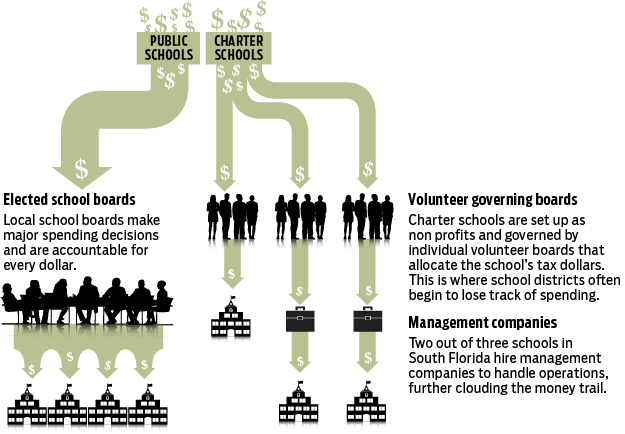
I think I will always associate Brett Kavanaugh with the taste of vomit in the back of my throat.
I couldn’t watch his sham of a confirmation hearing without my gag reflex going into overdrive.
Here was one of the most privileged of people on the planet alternatively weeping and raging that he was being denied his due.
Here was a man bemoaning that no matter what happened, his reputation forever would be ruined, but who likewise refused to call for an investigation to exonerate himself.
At least three separate women have accused him of sexual assault, yet Congressional Republicans are still planning to ram through his nomination to the Supreme Court – a lifetime appointment where he will almost certainly be the tie breaking vote to overturn Roe vs. Wade.
How fitting.
What perfect symmetry.
You couldn’t have planned it any more poetically.
A man accused of multiple attempted rapes who is doing everything in his power to make abortion illegal.
An overgrown frat boy crying into his beer that we can’t take away his God given right to take away women’s rights.
A confederacy of almost exclusively male lawmakers ready to discount women’s reports of violence so that they can limit women’s freedom to make decisions about their own bodies.
If there is one good thing to come from this farce, it is the spotlight it has shown on the relationship between rape and the movement to recriminalize abortion.
These two things are essentially intertwined.
On the one hand, we have sexual intercourse carried out under threat of violence, sex without consent or in direct violation of consent – a crime invariably perpetrated by men on women.
On the other hand, we have the removal of female consent from the birthing process.
They are almost the same thing, or at least two sides of the same coin.
In both cases, we’re removing or ignoring female permission, agreement, approval, agency. We’re saying it doesn’t matter what the woman wants. It only matters what men or a patriarchal society wants.
And the justification is an ancient text – the New Testament – that doesn’t mention abortion once. And the Old Testament actually gives instructions on how to conduct an abortion (Numbers 5:11-31).
Not that it really should matter. The United States is not a theocracy.
But it IS a patriarchy.
That’s what this is – an attempt by the most insecure, power hungry men to control women.
It is about keeping and strengthening a caste system where men are allowed to be fully realized people and women are allowed only secondary status.
It is about dehumanization clothed in piety and false morality.
All those people crying for the lost lives of a cluster of cells in female uteruses care not a wit about the thousands of women who will die from unsafe abortions once safe procedures become unlawful.
We’ve been here before. Abortion was illegal in the US from the early 1800s until 1973, and we know what will happen. There is actual history on this – back alley procedures conducted by quacks using sharp implements to pierce the womb – and there is no reason to think it won’t repeat itself.
Changing the law won’t stop abortions. It will just make them unsafe for everyone except rich women who can afford doctors willing to take a chance on going to jail for a big payday.
If these people really wanted to stop abortions, they’d support handing out free contraception. They’d turn every orphanage into a palace. They’d each adopt as many children as they could. They’d make neonatal care free, expand services to help women raise children, increase maternity leave, pay for free childcare, expand education funding.
But they don’t do any of that because despite their crocodile tears, their objection has nothing to do with unborn children.
It has to do with mature women making decisions for themselves. It has to do with conceptualizing them as people equal to men and with minds capable of consent.
It’s about allowing women the right to choose – choose whom to have sex with and what exactly the consequences of that sex will or will not be.
I am so thankful that Dr. Christine Blasey Ford came forward with her testimony. What bravery! What grace under pressure!
To be able to share with an entire nation her personal trauma at the hands of Kavanaugh. Such courage boggles the mind almost as much as those who refuse to accept her story as genuine.
They say that this is political. That it’s a hit job. Yet they pound their fists onto their ears to drown out Kavanaugh’s words in self-defense where he makes it entirely clear how partisan he is and will be once he takes the bench:
“This whole two-week effort has been a calculated and orchestrated political hit, fueled with apparent pent-up anger about President Trump and the 2016 election. Fear that has been unfairly stoked about my judicial record. Revenge on behalf of the Clintons. And millions of dollars in money from outside left-wing opposition groups.”
These are not the words of a fair arbitrator. They are the ravings of someone with an axe to grind.
But they do well to point out the elephant in the room – Donald Trump.
The man who nominated Kavanaugh has had at least 19 women accuse him of sexual assault. He even admitted to it on video in the infamous Access Hollywood tape.
Yet a minority of Americans elected him President through a legislative loophole kept open by centuries of neglect, apathy and moneyed interest.
I don’t know how this all will end. The FBI will conduct a limited investigation this week – probably stymied as much as possible by the Trump administration.
But the road that lead us here is achingly clear.
This is a tantrum of the patriarchy.
It is the weakest, most twisted men and their Stockholm syndrome suffering accomplices.
It is not about defining when life begins.
It’s about defining who gets to count as fully human – who gets the freedom to choose.
Like this post? I’ve written a book, “Gadfly on the Wall: A Public School Teacher Speaks Out on Racism and Reform,” now available from Garn Press. Ten percent of the proceeds go to the Badass Teachers Association. Check it out!
WANT A SIGNED COPY?
Click here to order one directly from me to your door!














